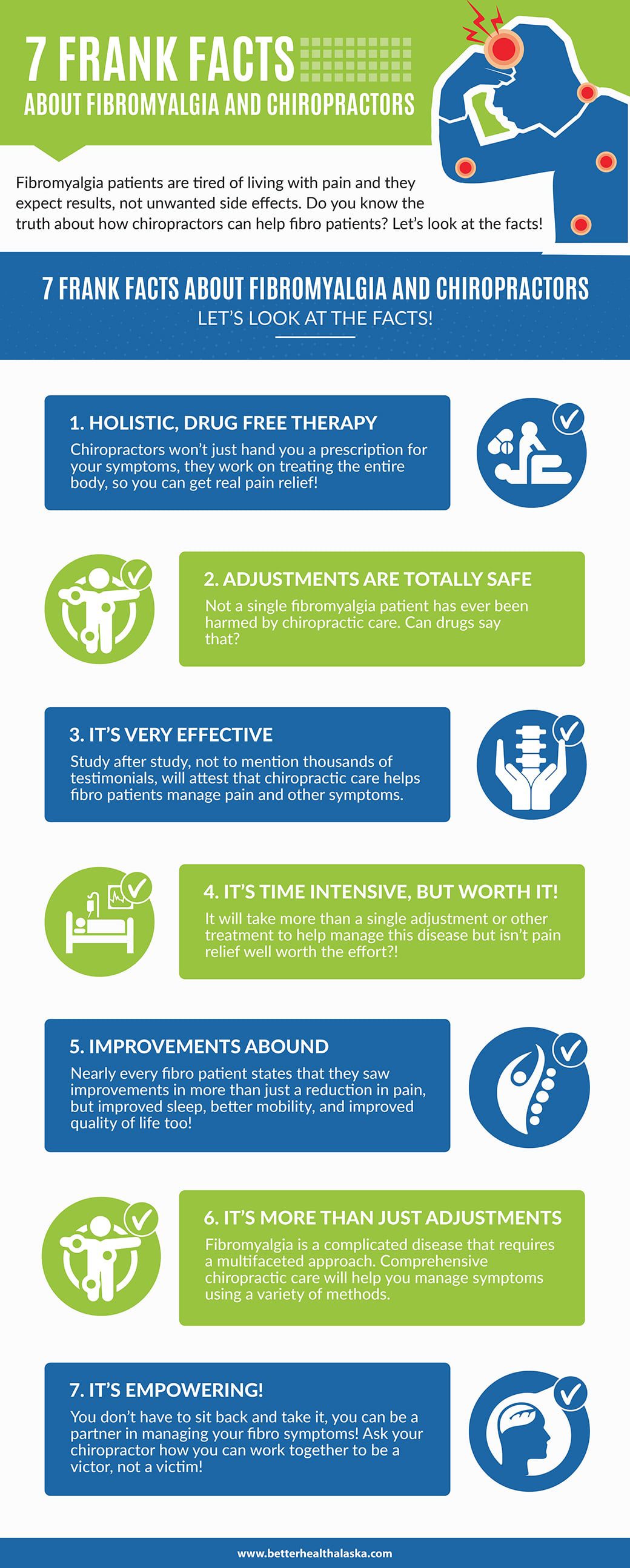Just How Does Cold Laser Therapy Utilize Light To Transform Healing Processes, And What Cutting-Edge Opportunities Exist For Discomfort Management In The Future?
Just How Does Cold Laser Therapy Utilize Light To Transform Healing Processes, And What Cutting-Edge Opportunities Exist For Discomfort Management In The Future?
Blog Article
Content Writer-Demir Slattery
When thinking about alternate therapies, cold laser therapy sticks out because of its one-of-a-kind technique to recovery. By utilizing quit smoking laser therapy of light, it targets cellular functions and advertises healing in a non-invasive fashion. This approach not only boosts ATP production however also aids in reducing swelling and discomfort. As research continues to unravel, the implications for rehab and discomfort management could be substantial. What does insomnia therapist stamford for future treatment options?
The Devices of Cold Laser Treatment
Cold laser treatment, additionally known as low-level laser therapy (LLLT), works by promoting cellular feature via the application of details wavelengths of light.
When the laser light penetrates your skin, it communicates with the mitochondria in your cells, boosting ATP production. https://www.photonics.com/Articles/Laser_Therapy_Reaches_Hard-to-Treat_Epilepsy/a67454 in ATP invigorates your cells, advertising recovery and regeneration.
https://franciscodmudl.blogdemls.com/34241861/cold-laser-therapy-a-modern-non-invasive-method-to-easing-pain , improving their leaks in the structure and assisting in nutrient absorption while expelling contaminants. Additionally, cold laser therapy triggers the launch of endorphins and reduces swelling, helping your body react better to injury.
You'll experience boosted blood flow as the treatment boosts capillary development, making sure that oxygen and nutrients get to broken cells more effectively.
Recognizing these devices can aid you value its capacity in promoting recuperation.
Prospective Advantages of Cold Laser Therapy
When thinking about alternatives for pain alleviation and recovery, you might find cold laser therapy to be an appealing option. This non-invasive technique can help in reducing inflammation, alleviate pain, and promote tissue fixing.
Many people report quicker recuperation times from injuries and surgeries after undertaking cold laser treatment. It's specifically useful for conditions like joint inflammation, tendonitis, and muscle mass strains.
You may also value that it has marginal adverse effects compared to drugs. Furthermore, cold laser therapy can boost flow, which aids in providing nutrients and oxygen to damaged areas.
Current Research Study and Scientific Applications
As rate of interest in cold laser therapy grows, researchers are discovering its various applications and performance in clinical setups. You'll find studies investigating its duty hurting administration, wound recovery, and lowering inflammation.
In physical therapy, professionals make use of cold laser treatment to enhance healing in sporting activities injuries, while dental professionals are finding it helpful for dealing with dental pain and periodontal conditions. Continuous tests are examining its possibility in dealing with conditions like arthritis and neuropathy.
These research studies intend to establish standard methods and does, making certain safety and security and efficiency. As even more proof emerges, you may see cold laser therapy becoming a staple in both recovery and pain management, offering clients a non-invasive option that enhances standard therapies.
Conclusion
To conclude, cold laser treatment supplies an encouraging method to recovery by harnessing certain wavelengths of light to boost mobile features and promote healing. With advantages like improved blood flow, decreased swelling, and discomfort relief, it's becoming an important choice for different conditions. As research continues to develop standard protocols, you can eagerly anticipate greater acceptance of this non-invasive treatment in recovery practices and pain management techniques, making it a possible game-changer for many people.
